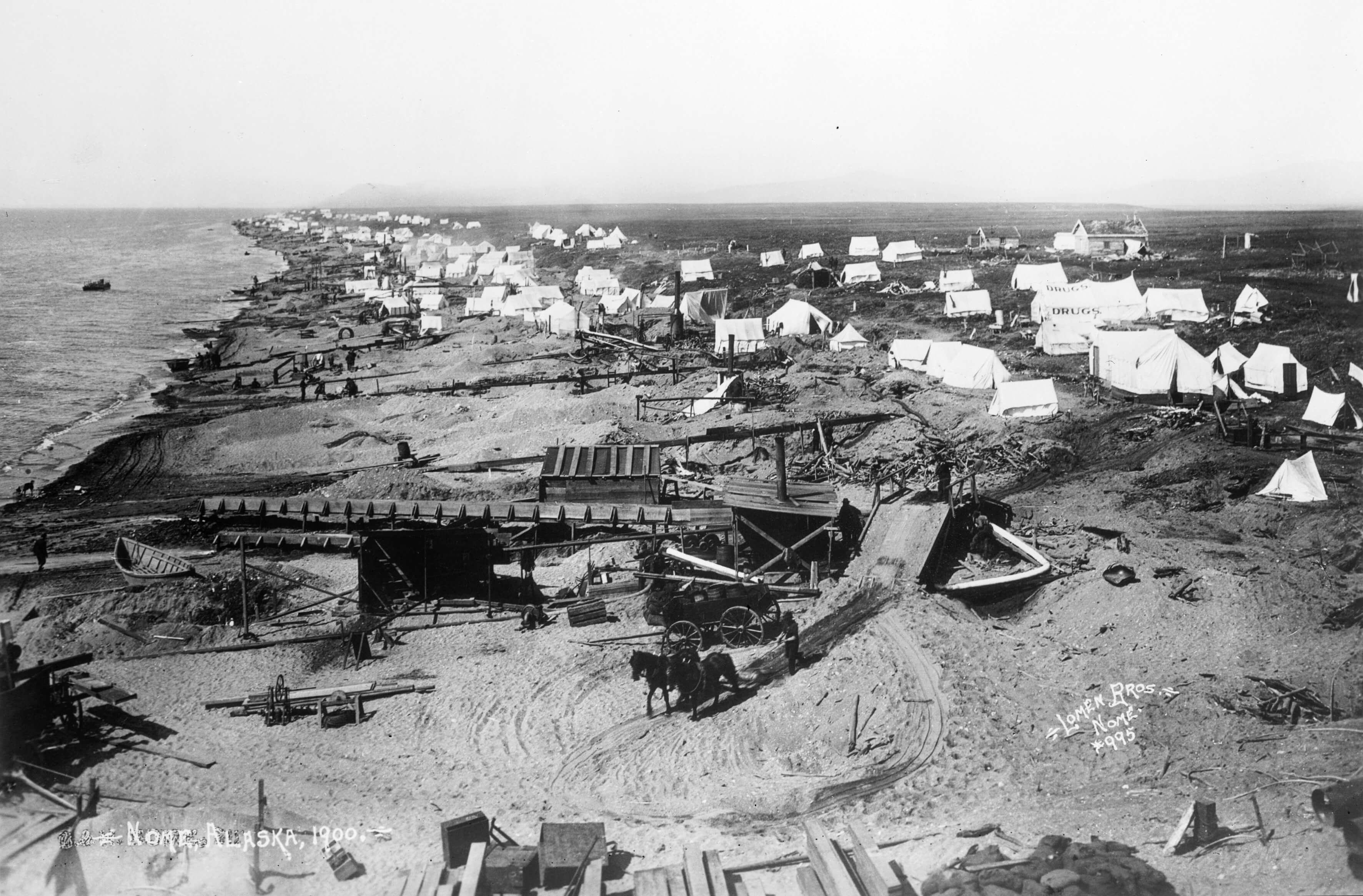Beach mining is a comparatively unimportant form of shallow placer mining. The sea beaches on parts of the coasts of California, Australia and New Zealand contain small quantities of gold, which have been proved, in all cases in which the matter has been investigated, to be derived from the cliffs, in which the gold is generally less concentrated.
Update 2021: We recently published our guide to the very best metal detectors for the beach, so be sure to check this out before you go hunting your beach for gold or coins.
Some streaks of black sand, however, in the “ Gold Bluff,” California, have yielded $135 or 6¾ ozs. per ton by actual working. The waves of the sea wash down and partially concentrate the poor sands, and, under certain rather exceptional circumstances, as the tide goes out the surface of the beach is left covered with black sand, in which numerous specks of gold occur. This is carefully scraped up and transported inland to be washed, as sea water is not well adapted for the purpose, although it is used by one Californian company. The next tide usually washes away all the valuable material which has not been collected, or else covers it with barren sand. There is great difficulty in washing the black sand in California, as it consists largely of rounded grains of magnetite, the density of which is about 5-0, while the gold is in minute flakes and scales, which can be seen under the microscope to be oblong in shape, and thicker at the sides than in the middle (a shape due to continued pounding of a malleable material). This form is so easily moved and buoyed up by water that it is difficult to get a “ colour ” with the pan, and the amount caught by the mercury in sluices or long-toms is usually an insignificant proportion of the total assay value of the sand. The industry is generally a languishing one, but the discoveries of rich deposits on the beach at Cape Nome, Alaska, resulted in great activity. In 1899, rockers of all sorts and descriptions were employed, and in 1900 when sluices and machines of various designs were used the production rose to £1,000,000.
